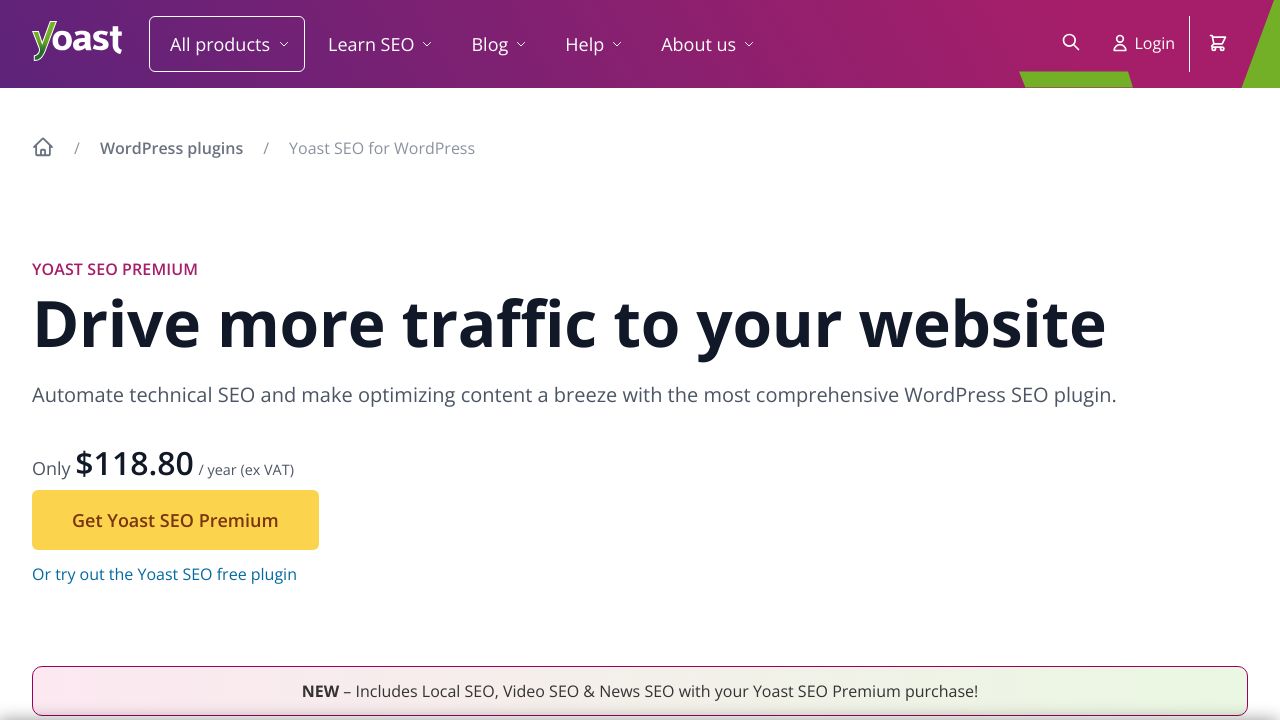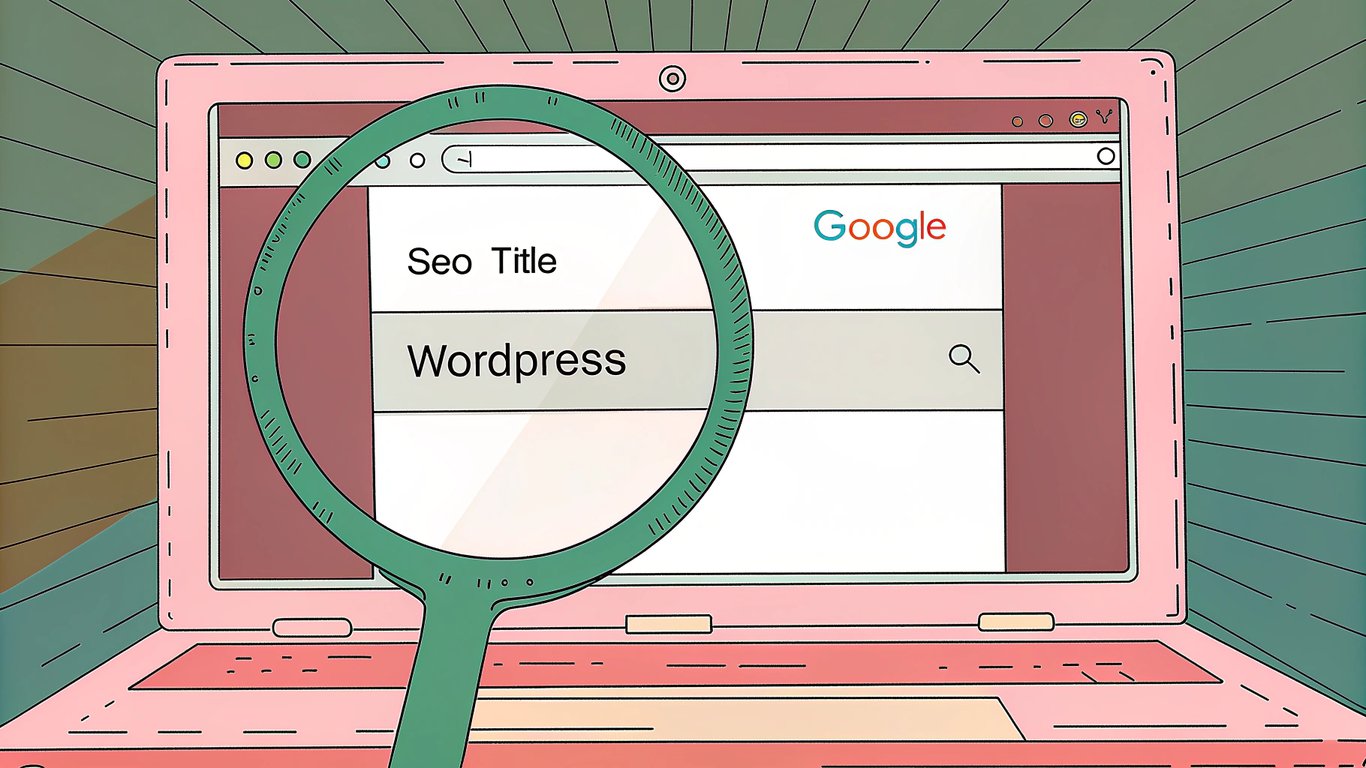Learning how to write SEO content starts with understanding what search engines actually want. It's not about stuffing keywords into every paragraph anymore. Modern SEO rewards content that genuinely helps people solve problems.
What Makes Content SEO-Optimized
SEO-optimized content hits three main targets: relevance, quality, and user intent. Your content needs to match what people are searching for, provide valuable information, and answer their questions completely. Google's algorithms have gotten sophisticated at detecting thin content that doesn't serve users well.

Quality content typically covers topics thoroughly rather than skimming the surface. If someone searches for "how to bake bread," they probably want ingredient lists, step-by-step instructions, troubleshooting tips, and maybe some variations. Surface-level content won't cut it.
How Search Engines Crawl WordPress Posts
WordPress makes it relatively easy for search engines to understand your content structure. When Googlebot crawls your site, it reads your HTML markup, heading tags, and meta information to figure out what your post is about.
The crawler pays special attention to your title tags, heading hierarchy, and the first few paragraphs of your content. It also looks at internal links, image alt text, and how your content connects to other pages on your site.
The Role of Keywords in Modern SEO
Keywords still matter, but not in the way they used to. Instead of repeating the same phrase over and over, focus on semantic search and related terms. If you're writing about "dog training," you'd naturally include words like "commands," "behavior," "puppies," and "obedience."
Google understands context now. It knows that "apple" in a tech article probably means the company, while "apple" in a recipe article means the fruit. This shift toward semantic understanding means you can write more naturally while still optimizing for search.
Pre-Writing SEO Research and Planning

Good SEO content starts before you write a single word. The research and planning phase determines whether your content will succeed or get lost in the search results.
Keyword Research for WordPress Content
Start with tools like Google Keyword Planner, Ahrefs, or SEMrush to find keywords with decent search volume and manageable competition. Look for long-tail keywords that match your expertise and audience needs.
Don't just focus on high-volume keywords. Sometimes a keyword with 500 monthly searches but low competition will bring you more qualified traffic than a keyword with 5,000 searches but intense competition.
Analyzing Search Intent and User Needs
Search intent falls into four main categories: informational (learning something), navigational (finding a specific site), commercial (researching products), and transactional (ready to buy). Understanding intent helps you create content that matches what searchers actually want.
Look at the current top-ranking pages for your target keyword. Are they how-to guides, product comparisons, or news articles? This tells you what Google thinks searchers want for that query.
Creating an SEO Content Brief

A content brief keeps you focused and ensures you cover all the important points. Include your target keyword, related keywords, competitor analysis, and the main questions your content should answer.
- Primary and secondary keywords to target
- Content format (how-to, listicle, guide, etc.)
- Key points to cover based on competitor analysis
- Target word count and content depth
- Internal linking opportunities
Crafting SEO-Optimized Content Structure
Structure makes or breaks your SEO content. Well-organized content helps both readers and search engines understand your main points and find the information they need.
Writing Compelling Headlines and Titles
Your title needs to work for both SEO and click-through rates. Include your main keyword near the beginning, but make sure it reads naturally. "How to Train Your Dog: 7 Essential Commands" works better than "Dog Training Commands: How to Train Your Dog with 7 Essential Commands."
Keep titles under 60 characters so they don't get cut off in search results. Use power words like "essential," "proven," or "step-by-step" to make your titles more compelling.
Structuring Content with Proper Heading Hierarchy

Use heading tags (H1, H2, H3) to create a logical content hierarchy. Your H1 should be your main title, H2s for major sections, and H3s for subsections. This structure helps search engines understand your content organization and makes it easier for readers to scan.
Include keywords in your headings naturally, but don't force it. "Setting Up Your WordPress Site" is better than "WordPress Site Setup for WordPress Users."
Creating Scannable Content with Formatting
Most people scan content before reading it thoroughly. Use short paragraphs (2-3 sentences), bullet points, and bold text to highlight important information. White space is your friend.

Break up long blocks of text with subheadings, images, or lists. If a paragraph runs more than four lines on a mobile screen, consider splitting it up.
Writing SEO-Friendly Introductions and Conclusions
Your introduction should hook readers and include your main keyword within the first 100 words. Tell people exactly what they'll learn and why it matters to them. Skip the fluff and get straight to the value.
Conclusions should summarize key takeaways and provide next steps. Don't just repeat what you've already said. Give readers something actionable they can do right away.
Optimizing Meta Elements and WordPress SEO Settings
Meta elements are the behind-the-scenes tags that tell search engines what your content is about. Getting these right can significantly impact your click-through rates and rankings.
Writing Effective Meta Titles and Descriptions
Your meta title should be 50-60 characters and include your main keyword. The meta description should be 150-160 characters and act like ad copy, encouraging people to click through to your content.
Write meta descriptions that answer the question "Why should I click on this result?" Include a benefit or promise of what readers will get from your content.
Configuring WordPress SEO Plugins
Popular SEO plugins like Yoast SEO or RankMath make it easy to optimize your meta elements, generate XML sitemaps, and analyze your content for SEO issues.
These plugins provide real-time feedback as you write, checking things like keyword density, readability, and meta tag optimization. They're not perfect, but they catch common mistakes.
Optimizing URL Slugs and Permalinks
Keep URLs short, descriptive, and keyword-rich. "yoursite.com/dog-training-tips" is better than "yoursite.com/2024/01/15/the-ultimate-guide-to-training-your-dog-with-these-amazing-tips."
Remove stop words like "the," "and," "of" from your URLs. Use hyphens to separate words, not underscores or spaces.
Setting Up Schema Markup for Rich Snippets
Schema markup helps search engines understand your content better and can lead to rich snippets in search results. For how-to content, recipe schema, FAQ schema, and article schema are particularly useful.
Many WordPress themes and plugins automatically add basic schema markup, but you might need to add specific markup for things like recipes, reviews, or events.
On-Page SEO Signals and Technical Optimization
Technical SEO elements work behind the scenes to help search engines crawl, understand, and rank your content. These factors can make the difference between ranking on page one or page ten.
Image Optimization and Alt Text Best Practices
Optimize images by compressing them for faster loading and adding descriptive alt text. Alt text should describe what's in the image and include relevant keywords when it makes sense naturally.
Use descriptive file names before uploading images. "chocolate-chip-cookies.jpg" is better than "IMG_1234.jpg." This helps with image SEO and accessibility.
Internal Linking Strategy for WordPress
Link to other relevant content on your site using descriptive internal links. This helps search engines understand your site structure and keeps readers engaged longer.
Aim for 2-5 internal links per post, linking to related content that provides additional value. Don't just link for the sake of linking.
Optimizing Page Speed and Core Web Vitals
Page speed directly impacts both SEO and user experience. Google PageSpeed Insights measures Core Web Vitals like loading speed, interactivity, and visual stability.
Page speed directly impacts both SEO and user experience. Google PageSpeed Insights measures Core Web Vitals like loading speed, interactivity, and visual stability.
Mobile Optimization and Responsive Design
Google uses mobile-first indexing, meaning it primarily looks at the mobile version of your content for ranking purposes. Make sure your WordPress theme is responsive and your content reads well on small screens.
Test your content on different devices and screen sizes. What looks good on desktop might be hard to read on mobile.
Content Quality and User Experience Optimization
Quality content that serves users well will always outperform thin, keyword-stuffed content in the long run. Focus on creating genuinely helpful resources that people want to read and share.
Writing for E-A-T (Expertise, Authoritativeness, Trustworthiness)
Google evaluates content based on the expertise, authoritativeness, and trustworthiness of both the content and the author. Demonstrate your expertise by citing credible sources, sharing personal experience, and providing accurate information.
Include author bios, link to authoritative sources, and keep your content updated with current information. For topics that could impact health, finances, or safety, accuracy is especially critical.
Optimizing Content Length and Depth
There's no magic word count for SEO, but comprehensive content typically performs better than shallow content. Focus on covering your topic thoroughly rather than hitting a specific word count.
Some topics need 500 words, others need 3,000. Let the topic and user intent guide your content length, not arbitrary targets.
Incorporating Multimedia and Interactive Elements
Images, videos, infographics, and interactive elements can improve user engagement and time on page. These signals tell search engines that people find your content valuable.
Use multimedia strategically to support your content, not just for decoration. A helpful diagram or video tutorial can make complex topics much easier to understand.
Publishing, Monitoring, and Optimization
Publishing your content is just the beginning. Ongoing monitoring and optimization help you improve performance and maintain rankings over time.
WordPress Publishing Checklist
Before hitting publish, run through a final checklist to ensure everything is optimized:
- Meta title and description are optimized
- URL slug is clean and keyword-rich
- Images have alt text and are compressed
- Internal links are added where relevant
- Content is proofread and formatted properly
- SEO plugin shows green lights for key factors
Tracking SEO Performance with Analytics
Use Google Analytics and Google Search Console to monitor your content's performance. Track metrics like organic traffic, click-through rates, and average position for your target keywords.
Pay attention to which pages are gaining or losing traffic. This data helps you understand what's working and what needs improvement.
Updating and Refreshing Content for Continued Rankings
SEO isn't a set-it-and-forget-it strategy. Regularly update your content with new information, fix broken links, and refresh outdated examples. Google tends to favor fresh, current content.
Set up a content audit schedule to review your top-performing pages every 6-12 months. Small updates can often lead to significant ranking improvements.
Common SEO Mistakes to Avoid
Avoid these common mistakes that can hurt your WordPress SEO efforts:
- Keyword stuffing or over-optimization
- Ignoring mobile optimization
- Using duplicate or thin content
- Neglecting page speed optimization
- Forgetting to optimize images and alt text
- Not building internal links between related content
Remember that SEO is a long-term strategy. Focus on creating genuinely helpful content for your audience, and the rankings will follow. The best SEO strategy is simply being the most helpful resource for your target keywords.



